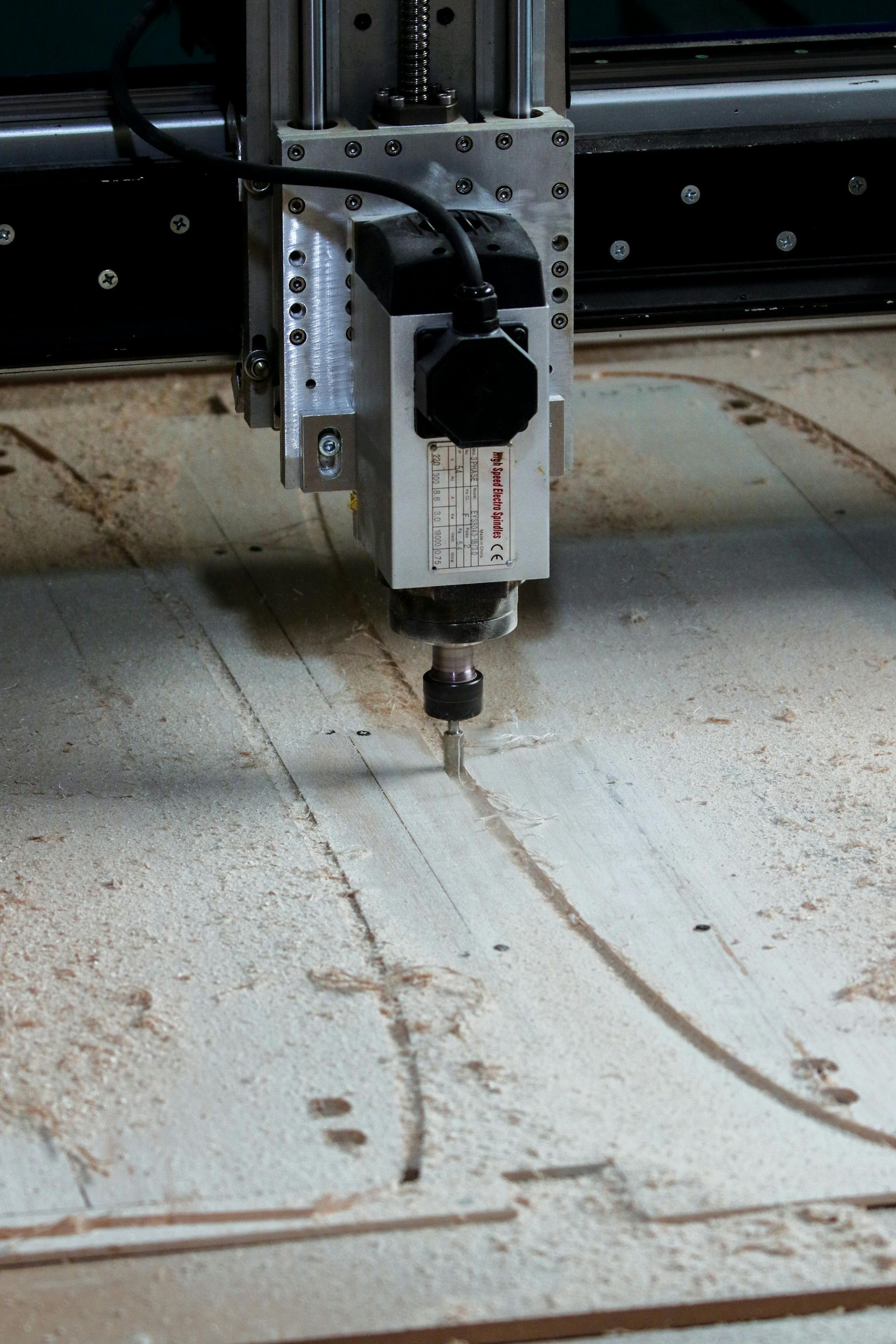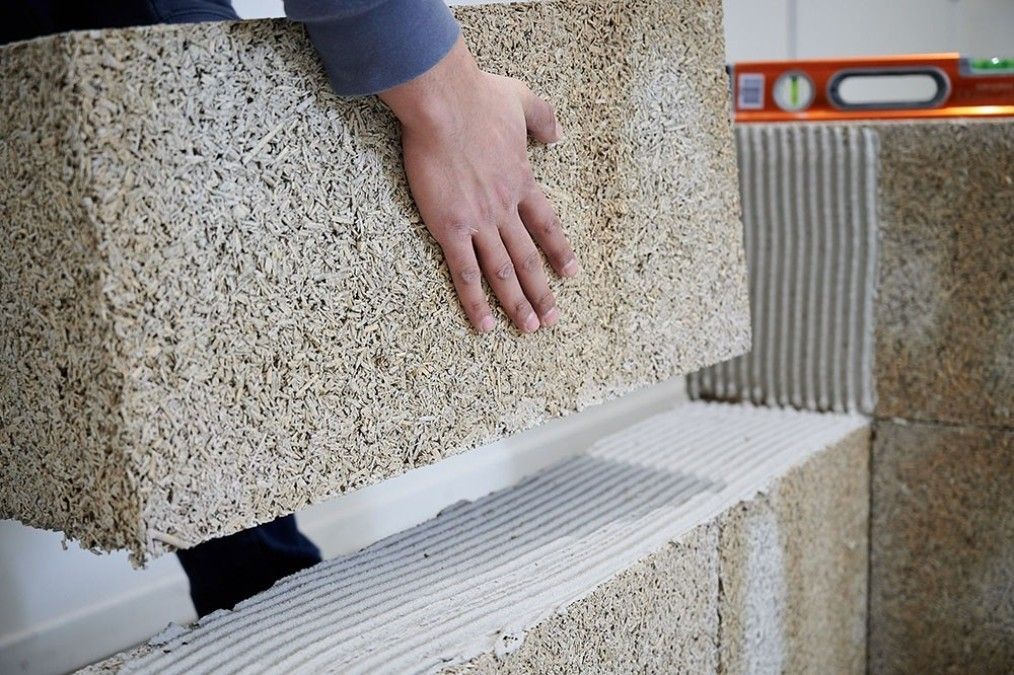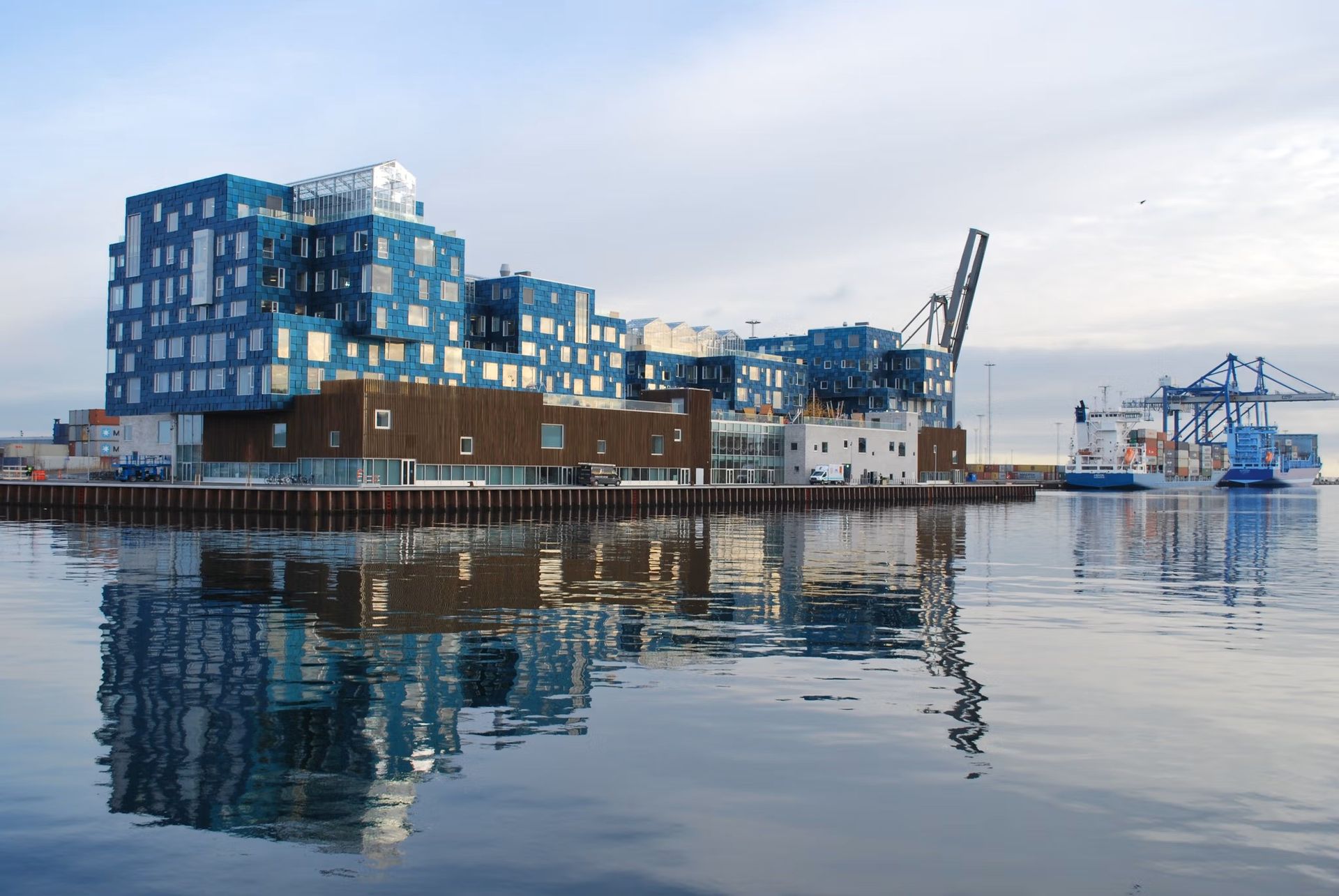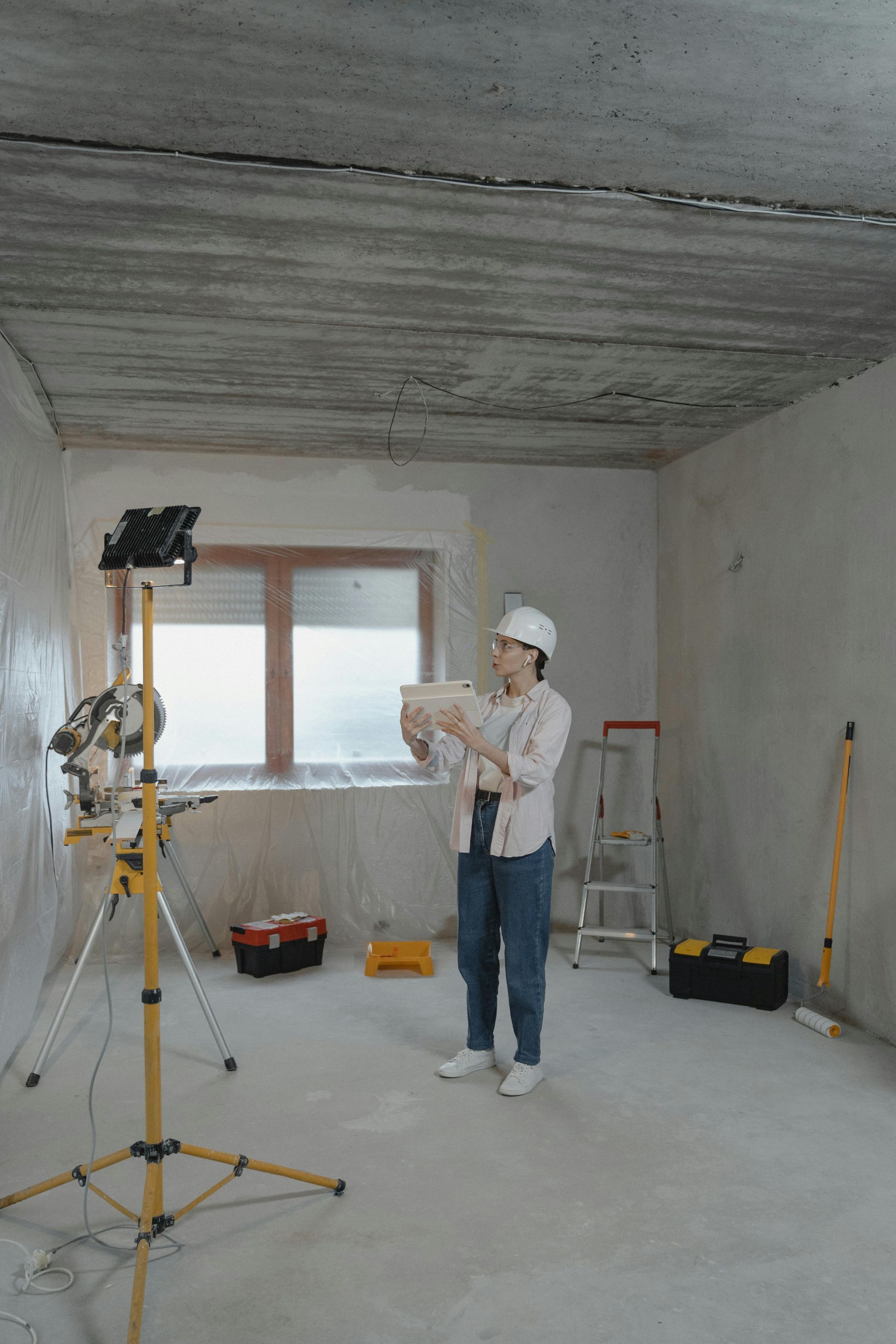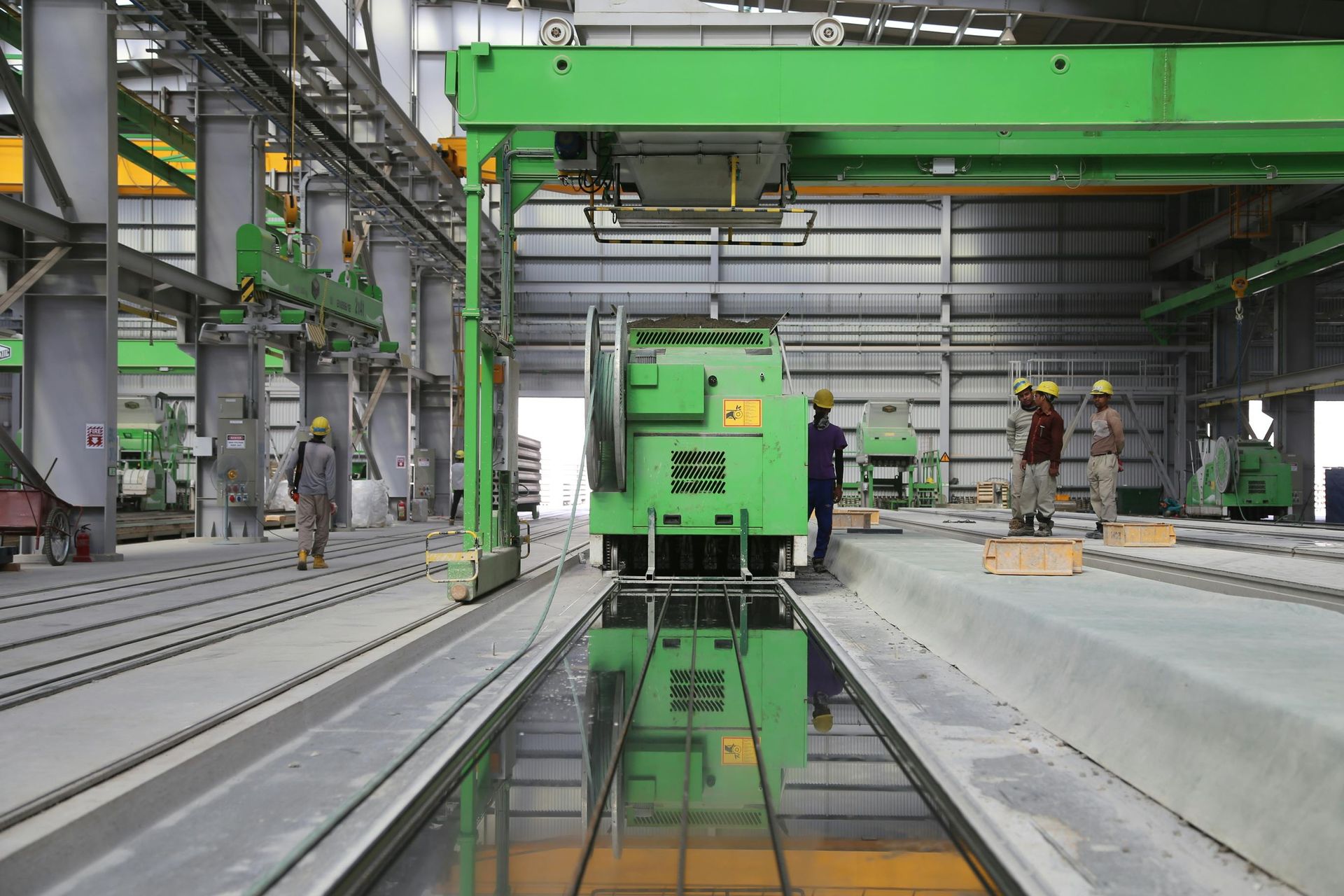DeePPy: Revolutionizing Transparency in the Construction Sector with the Digital Product Passport
Make It Digital
DPP– Stakeholder Engagement and Actors' Role
Series: Make It Digital DPP-03
Article: 06/25
Introduction
The construction sector, traditionally perceived as slow in adopting digital innovations, is undergoing a crucial transformation. At the heart of this change is the growing emphasis on sustainability and transparency, driven by increasingly stringent European regulations. Among these, the Energy Performance of Buildings Directive (EPDB) and Ecodesign for Sustainable Products Regulation (ESPR) stand out for its ambition to incentivize the production and consumption of more sustainable products throughout their entire lifecycle. A fundamental pillar of the ESPR is the introduction of the Digital Product Passport (DPP), a digital document that includes crucial information about a product's sustainability, traceability, and circularity. In this context, innovative platforms like DeePPy are emerging as essential tools to facilitate a widespread adoption of the DPP in the construction sector, offering advanced functionalities for creating and managing these digital passports.
According to ESPR, the DPP is the key mechanism for ensuring the transparency and accessibility of product life cycle information. Imagine a QR code or a link associated with every construction product that, once scanned, reveals a wide range of data: from the origin of materials to carbon emissions associated with production, from estimated durability to end-of-life recycling options. This not only enables consumers to make more informed decisions but also provides manufacturers and regulatory authorities with a holistic view of the environmental and social impact of products.
The construction sector, with its inherent complexity and long value chain, is particularly sensitive to these new demands. The traceability of materials, the environmental impact of buildings, and the possibility of reusing or recycling components at the end of their life are crucial aspects for a true circular economy. DeePPy positions itself as a cutting-edge solution to address these challenges, providing a complete ecosystem for DPP management.
The construction sector, with its inherent complexity and long value chain, is particularly sensitive to these new demands. The traceability of materials, the environmental impact of buildings, and the possibility of reusing or recycling components at the end of their life are crucial aspects for a true circular economy. DeePPy positions itself as a cutting-edge solution to address these challenges, providing a complete ecosystem for DPP management.
DeePPy's Key Features for the Construction Sector
DeePPy is designed by Levery to simplify the process of creating and managing DPPs, making it accessible even to companies that might not have deep digital expertise. Its main functionalities include:
1. Rapid and Guided Data Entry for the DPP
Creating a DPP can seem like a daunting task given the volume of information required. DeePPy tackles this challenge by offering an intuitive user interface and a guided data entry process. Through a series of logical steps and predefined fields, the platform guides the user in gathering all the necessary data for an ESPR-compliant DPP. From product technical specifications to sustainability KPIs (such as CO2 eq. emissions and recycled content), DeePPy ensures a wide overview on product. The guided system not only speeds up the process but also reduces the risk of errors, guaranteeing the accuracy and completeness of the DPP.
2. Collection of All Product-Related Data in a Single Web-Accessible Point
One of DeePPy's major advantages is data centralization. Instead of scattering information across spreadsheets, local archives, or different systems, DeePPy collects all product-related data in a single, cloud-based repository. This single source of truth is accessible via a secure web interface, allowing authorized users to consult, modify, and share DPP information from anywhere, at any time. This functionality is crucial for collaboration among different stakeholders, from design to production, from distribution to recycling, facilitating information exchange and improving transparency along the entire value chain.
3. Supplier Data Management
In the construction sector, the supply chain is often complex and fragmented. Tracing the origin of materials and the sustainability practices of suppliers is essential for a complete and reliable DPP. DeePPy integrates advanced functionalities for supplier data management. The platform allows users to create a supplier database, associate each supplier with the specific materials they provide, and collect information on their sustainability, such as environmental certifications, responsible sourcing practices, EPDs (Environmental Product Declarations), or social and governance good-practices. This functionality not only simplifies regulatory compliance but also enables companies to identify more sustainable suppliers and build partnerships based on transparency.
4. Product Impact Configurator
One of DeePPy's most innovative features is the product impact configurator. This functionality allows users to estimate the overall environmental impact of a construction product based on their choice of suppliers. By selecting different suppliers for a specific component o raw material, the platform can calculate variations in carbon emissions, energy consumption, circularity or other impact indicators. This tool provides invaluable decision support for manufacturers, enabling them to optimize sourcing choices for sustainability. For example, a manufacturer could compare the impact of steel from a supplier with energy-intensive production practices versus a supplier using renewable energy, quantifying the environmental impact of their choice.
5. Marketplace for Sustainable Materials with DPP
DeePPy goes beyond mere DPP management, also proposing itself as a marketplace for the sale of sustainable materials with DPPs. This functionality creates a virtuous ecosystem where manufacturers can offer their DPP-compliant products to a broader and more conscious audience. Buyers, in turn, can browse through a wide range of sustainable construction materials, with the certainty of having access to all the necessary information on their environmental performance and regulatory compliance. This marketplace not only facilitates the trade of sustainable products but also incentivizes manufacturers to invest in transparency and sustainability, creating a virtuous cycle of supply and demand for low-impact materials.
Conclusion
The DPP, supported by regulations like the ESPR, is not just a regulatory requirement but a powerful lever for the sustainable transformation of the construction sector. Platforms like DeePPy are fundamental in driving this transition, providing the necessary tools to create, manage, and enhance the value of DPPs. With its intuitive functionalities for data entry, information centralization, supplier management, impact configurator, and dedicated marketplace, DeePPy is revolutionizing how construction products are designed, produced, and commercialized. Adopting solutions like DeePPy will not only ensure regulatory compliance but also unlock new opportunities for innovation, sustainability, and the creation of a more circular future for the built environment.
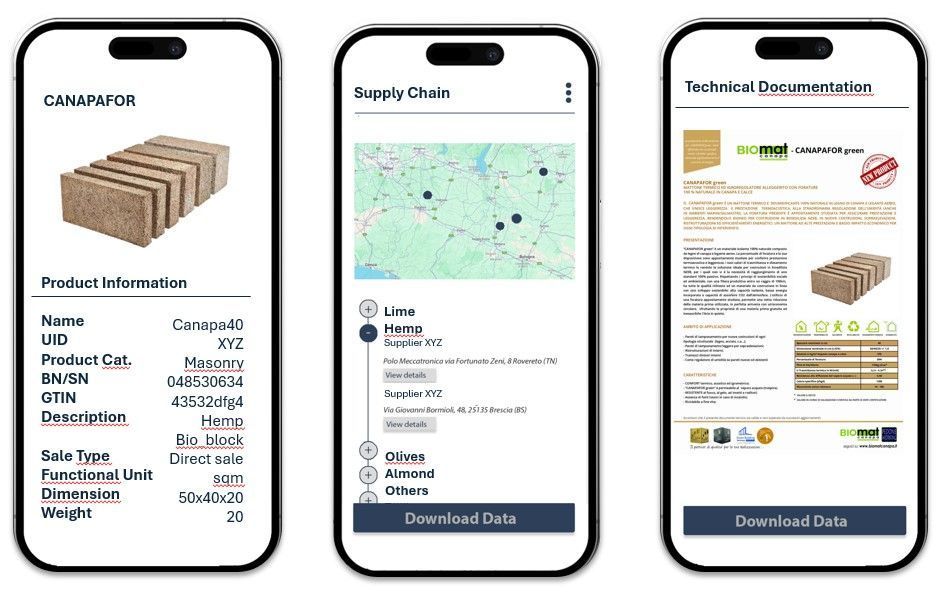
New Paragraph
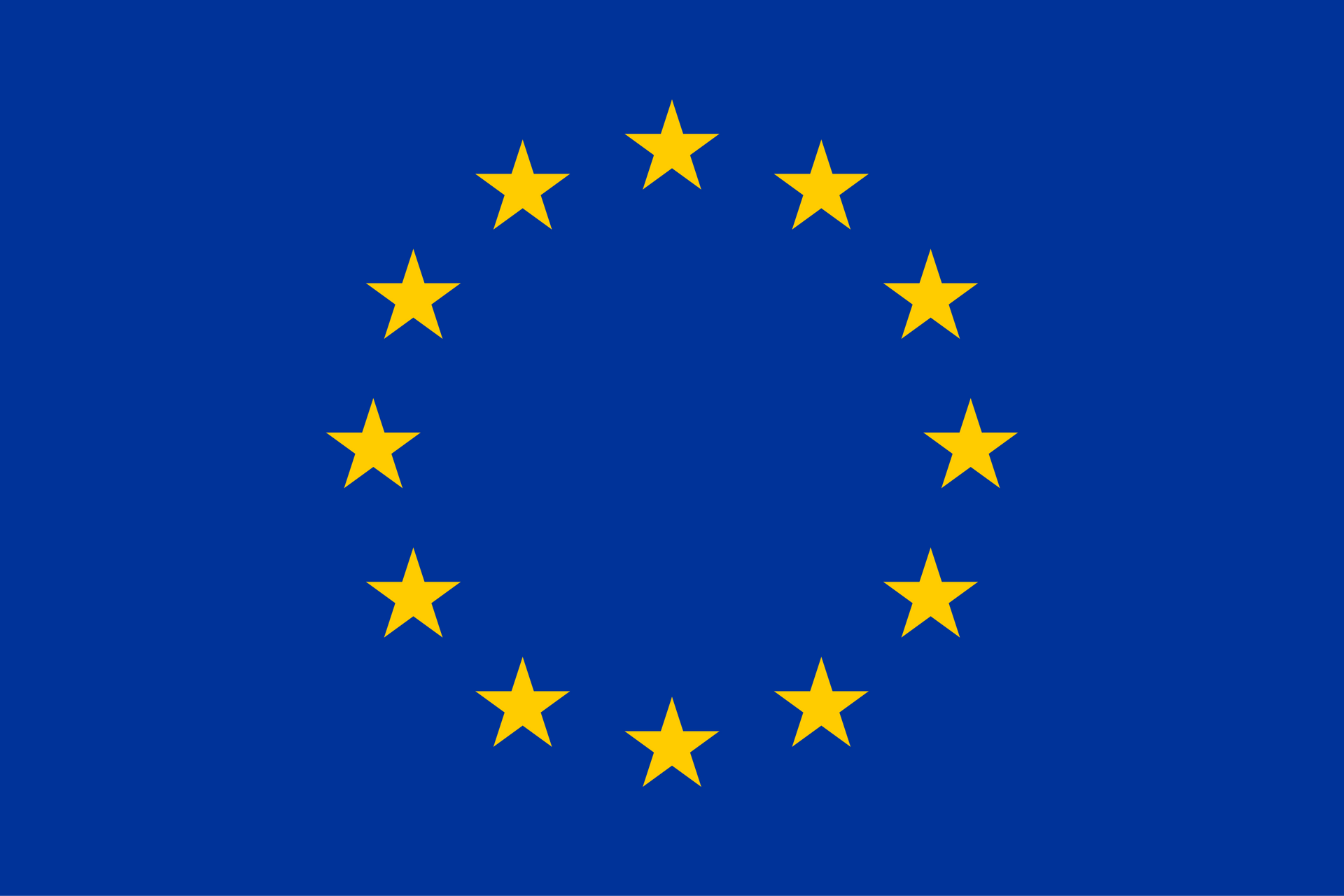
DeePPy is the result of a research project funded by the European Union (INTRANSIT Open Call, more information in the "Our Work" section within DIGI4BIOMAT project)

